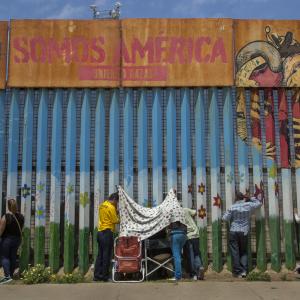
Friendship Park
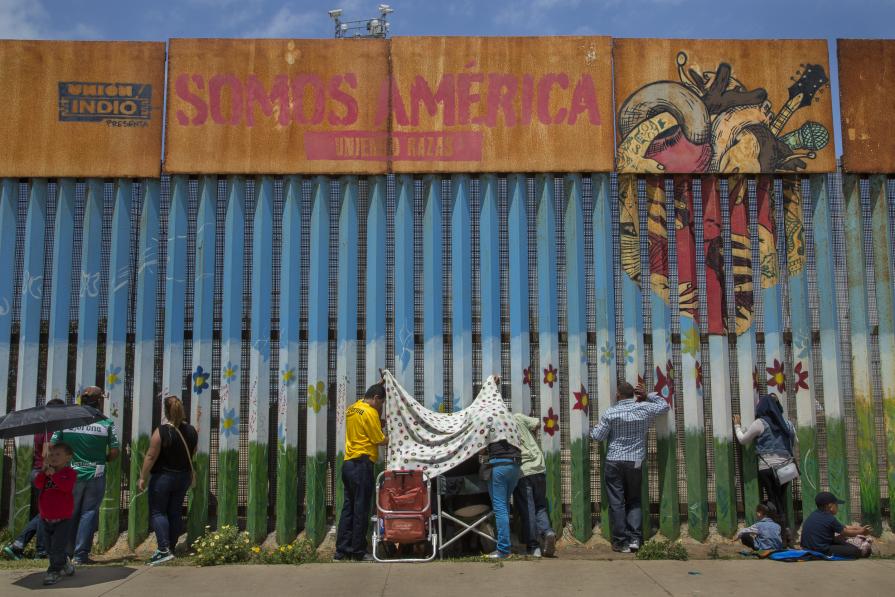
Families separated by immigration status gather at both sides of the U.S.-Mexico border fence at Friendship Park in Tijuana, Mexico on May 8, 2016. Friendship Park is the only federally established binational meeting place along the 2,000-mile border dividing the United States and Mexico.
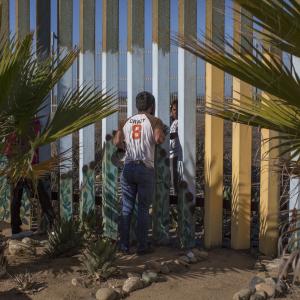
Through The Wall
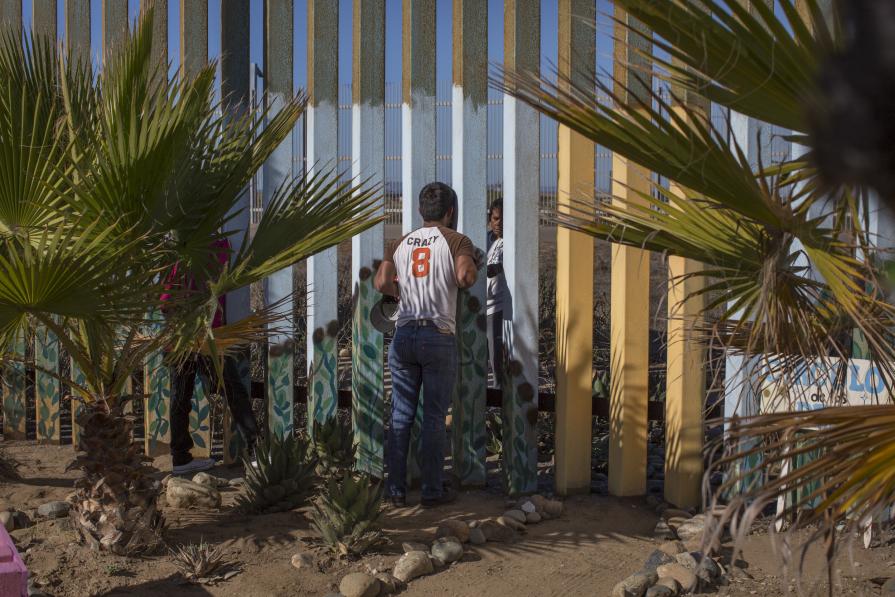
A young man speaks to his family member through the border fence at Friendship Park, a meeting place on the border between Tijuana, Mexico and San Diego, California, United States, on May 8, 2016.For many families separated by immigration status, it is the only way that they can see their loved ones in person.
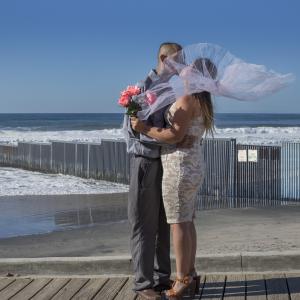
The Wedding
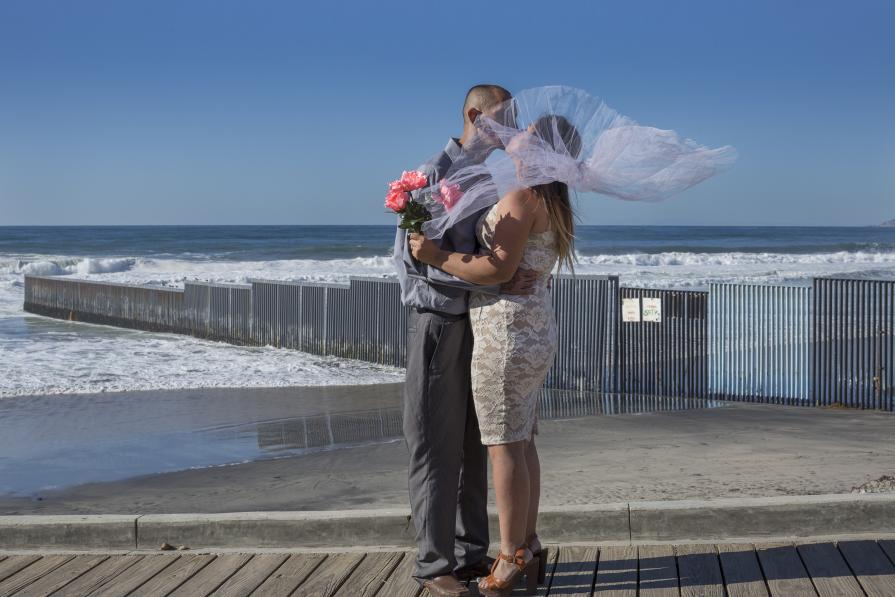
Pastor Jonathan Ibarra and wife Gladys Lopez at their wedding photoshoot in front of the the U.S.-Mexico border fence in Playas de Tijuana, Mexico, on December 12, 2015. The border is a symbolic place for Ibarra and Lopez, who both grew up in California but now live in Tijuana separated from their whole family. Ibarra was deported and Lopez doesn’t have papers to legally reside in the United States. She tried to cross over three times but was caught by the border patrol and returned to Mexico.

The Demonstration
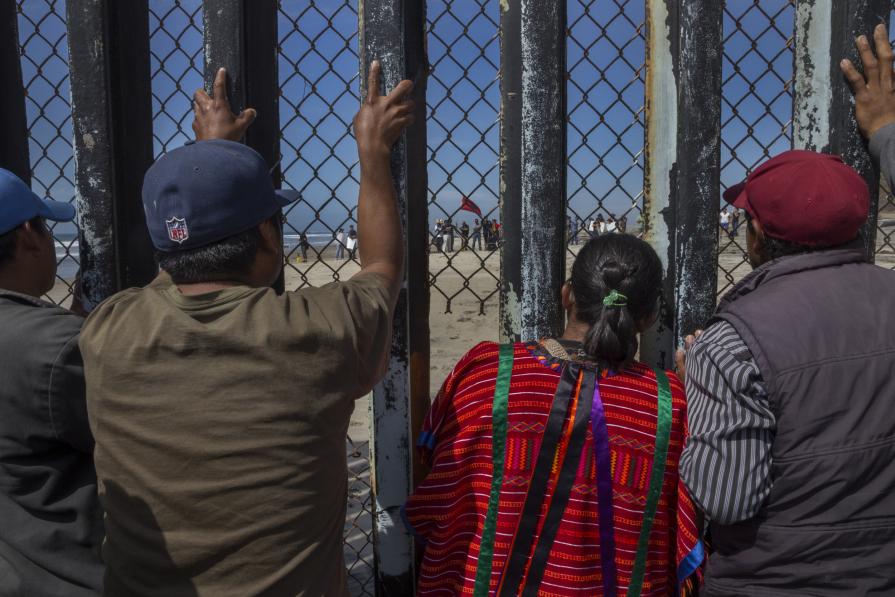
Farmworkers from Mexico’s San Quintin valley gather at the border fence to protest against abuses, low pay and poor working conditions in Tijuana, Mexico on March 29, 2015. After 2 weeks of striking, the farmworkers marched en masse all the way to the border, setting up roadblocks and barricades along the way. The violent demonstrations captured international headlines.
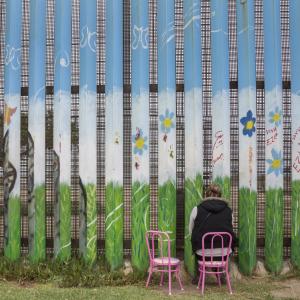
The Couple

Alejandra Vallejo visits her husband Daniel Armendariz at the border wall at Friendship Park in Tijuana, Mexico on May 15, 2026. The couple has been meeting at the border every Saturday and Sunday for the previous 2 months. Armendariz cannot leave the United States because he is on probation and Vallejo does not have the documents to legally cross the border into the United States.
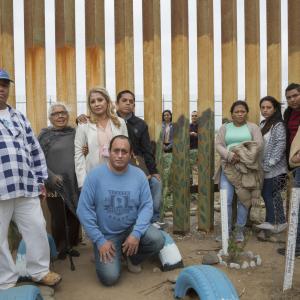
The Salgado Family

The Salgado family poses for a portrait. On the other side of the border fence (in the U.S.) Cesar Salgado and his niece Giselle visit with several family members (in Tijuana). On this day, Cesar Salgado saw his daughter for the first time in 14 years, only it was through the beams of the border wall.

The Vargas Family

Family portrait. Rosario Vargas (in the foreground) with her daughter Jannet Castañon and grandson Hector, 15, (behind the border wall, on the U.S. side.) Rosario and her daughter live just a few miles apart but have been separated by the U.S-Mexico border wall for almost 10 years. On April 30, 2016, they were one of the few families who were allowed to briefly reunite for 3 minutes when a small door in the fence was opened. But once the door of hope was closed, the reality of the border hit them again. They see each other every weekend through the metallic fence.

The Musician
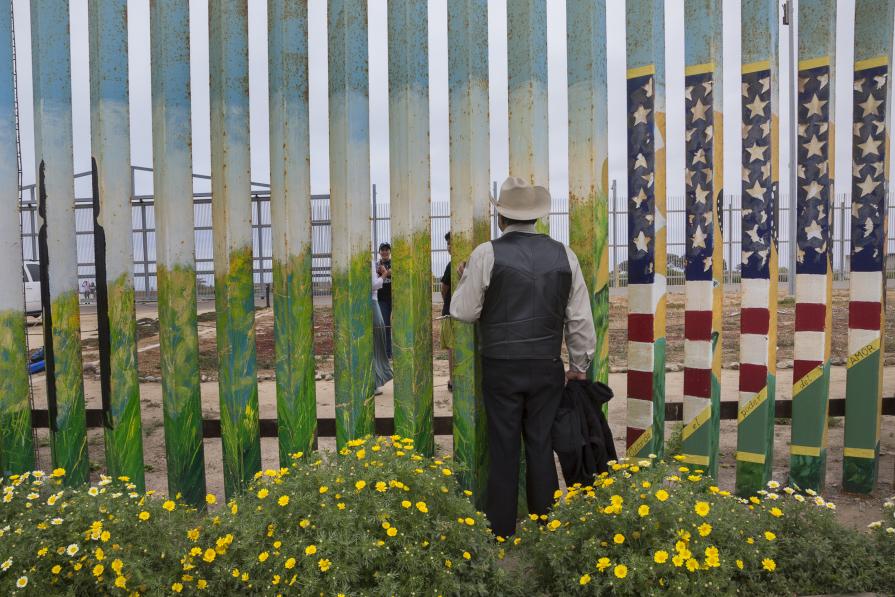
Deported musician Jose Marquez poses for a photograph that a visitor is taking of his family from across the border wall at Friendship Park, the only federally established binational meeting place along the 2,000-mile border dividing the United States and Mexico on May 15, 2016. Marquez has not been able to hug his daughter Susana in 14 years, since he was deported from the United States after living and working in San diego for 18 years.
The Wall
When the park was inaugurated in 1971, the fence was just a strand of barbed wire. Today, a massive metal wall that has been reinforced multiple times separates the two nations. It extends down to the beach stretching out some three hundred feet into the Pacific Ocean. Access to physically touch the wall on the U.S. side is limited to a small area and families lean against the fence trying to catch a glimpse of their loved ones through the steel mesh which is so tightly woven they can barely touch fingertips. In a small area of the park, the space between the metal bars would allow for families to hug but the Border Patrol on the US side is always vigilant and visitors must stand a few feet away from the fence as any kind of physical contact is strictly prohibited.
Besides serving as a meeting place for families, and because of the historical meaning and strategical location of the park, social events such as weddings and sweet sixteens as well as binational gatherings are held periodically and activists gather to demonstrate and raise awareness for social causes.
‘The Wall’ examines these border interactions at a time of rising xenophobic political climate where border enforcement practices have reshaped public spaces through a logic of detention and containment. The big and "beautiful" wall that some politicians promise to build, it already exists. But despite the massive metal fences and militarized checkpoints, love has no borders.

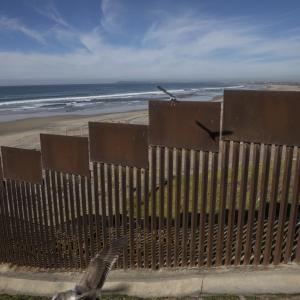
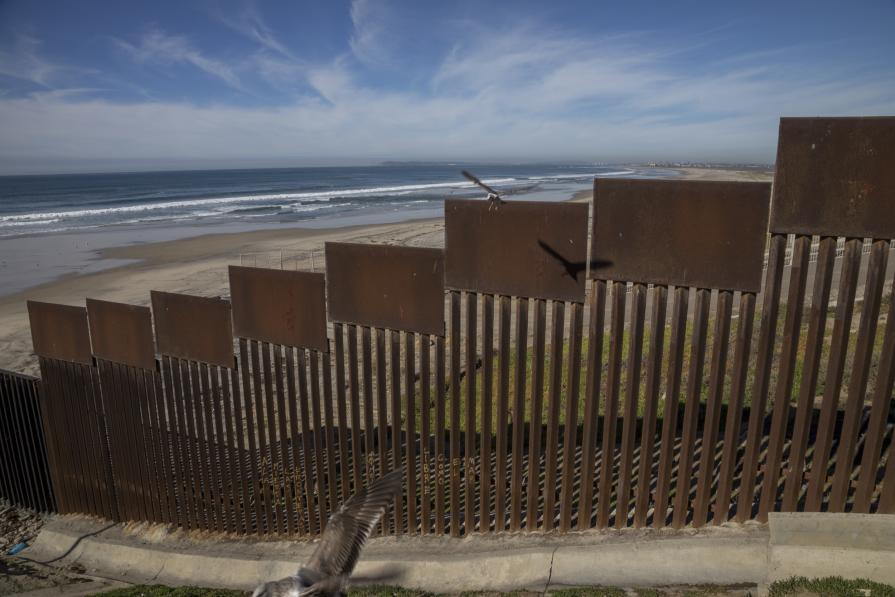














Comments 0
Say something